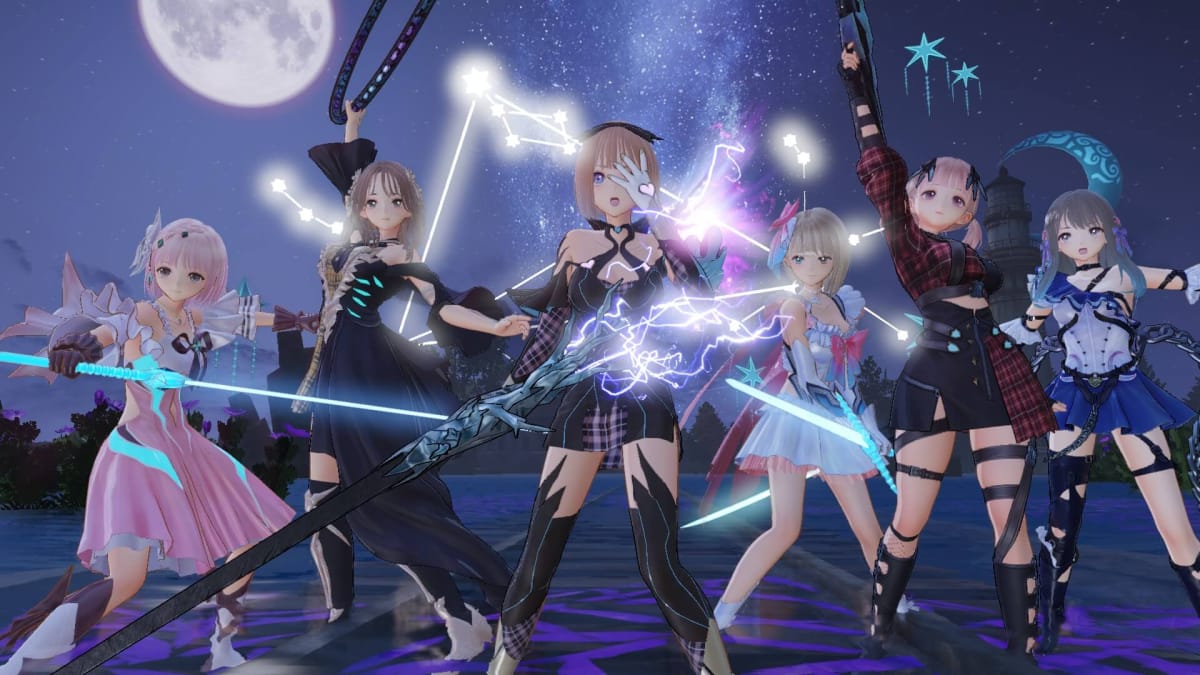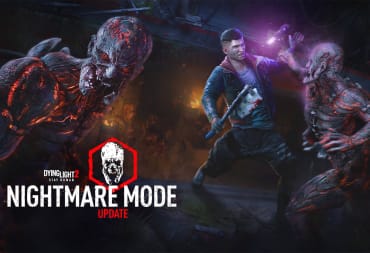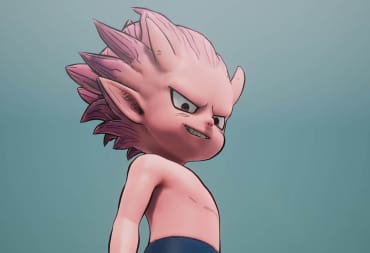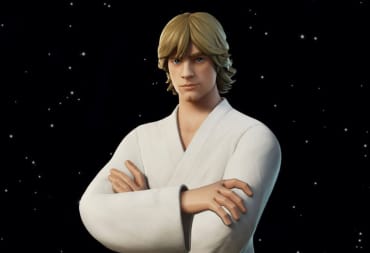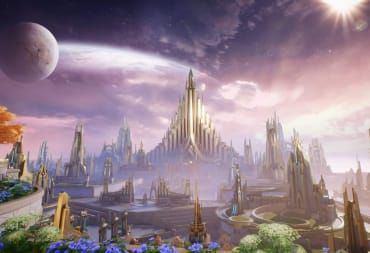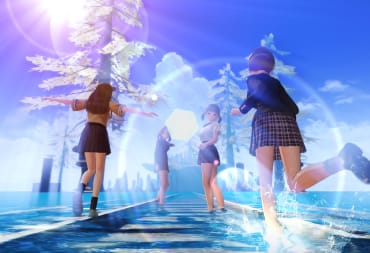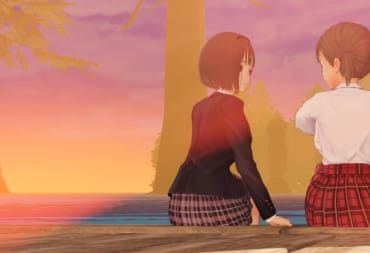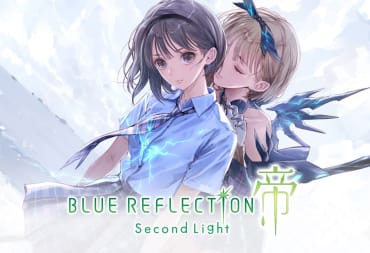How Combat Works in Blue Reflection: Second Light
Combat in Blue Reflection: Second Light works a bit differently than in most JRPGs as it's not a truly turn-based system. There is a turn order of sorts, but it essentially changes as the battle goes on. The flow of combat is dictated by a timeline on the bottom of the screen, where the party will move from the left end toward the right and the enemy will come from the opposite direction.
How quickly your party moves across the timeline depends on each of their individual Ether Recovery Speeds, but the enemy will almost always move faster. An enemy will attack once they reach your 1,000 point line.
On the right side of the screen is your current Combo score, which increases when you land attacks but can also decrease with enemy attacks. The Combo increases how much damage you deal on impact, and some skills can protect you from losing Combos due to enemy attacks.
- Tip: Blue Reflection: Second Light requires a bit of grinding.
To keep up with levels and enemy difficulty, you'll want to initiate combat with at least the majority of enemies you come across rather than sneaking around them.
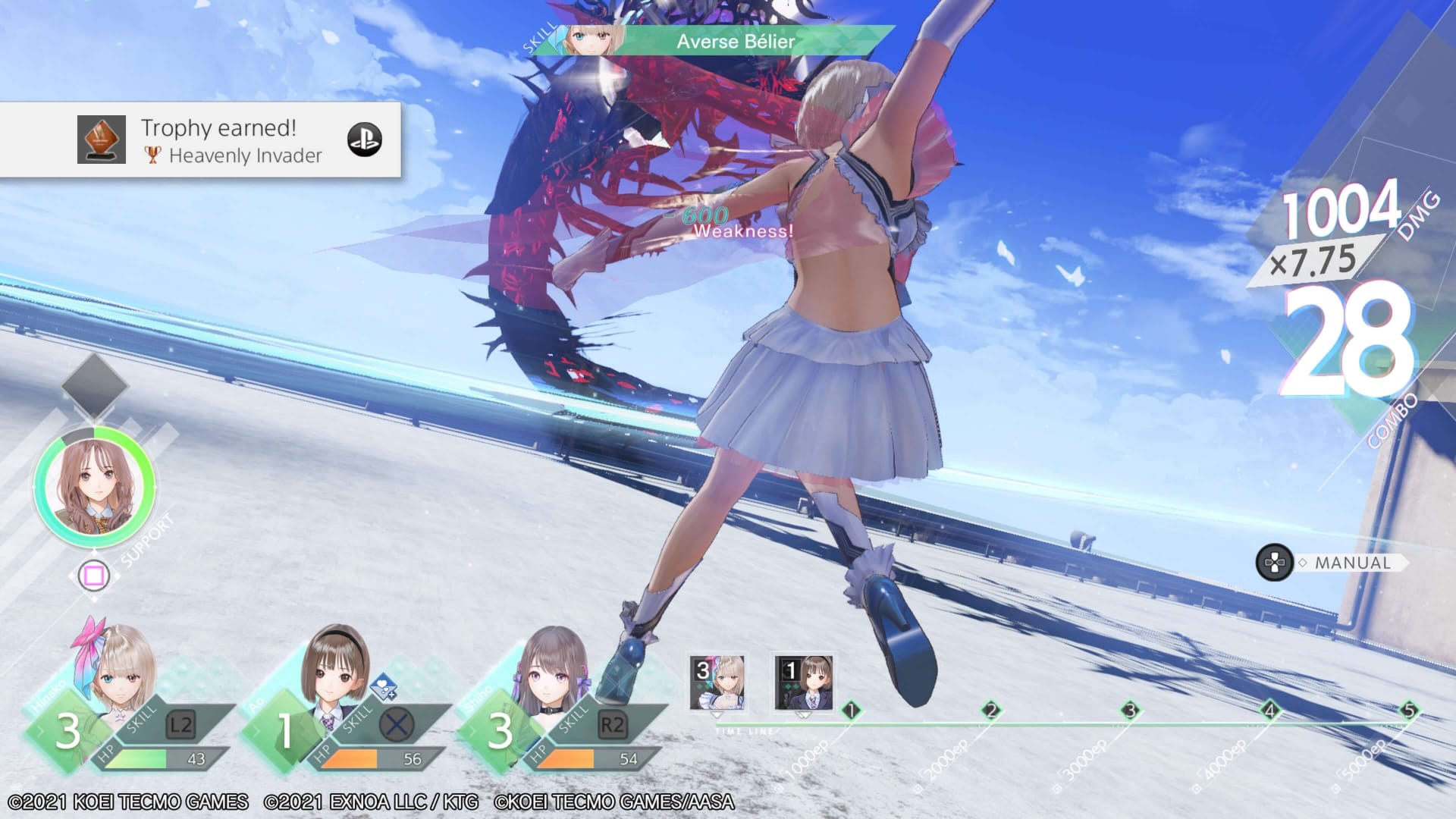
Ether Points in Blue Reflection: Second Light
The movement on the timeline symbolizes Ether Points being accrued, and each skill such as attacks, healing, or status buffs each require a certain number of Ether Points to use. Each 1,000 Ether Points is marked on the timeline, called the Action Line, and once that skill is played, the character's icon will move backward on the timeline, indicating that they've used those Ether Points.
Tip: Make sure to use some Talent Points and Fragments on Ether Recovery Speed.
How fast a character gains Ether Points depends on their individual Ether Recovery Speed, which can be increased by spending Talent Points -- used to purchase skills and status increases and are obtainable by doing requests and spending time with your party members -- or equipping Fragments -- Blue Reflection's version of gear, obtainable through Dates. When deciding where to spend Talent Points and which Fragments to equip, using them on faster Ether Recovery Speed means you can attack more often as well as get to the bigger attacks that require more Ether Points quickly.
Blue Reflection: Second Light Enemy Weaknesses, Knockbacks, and Knockdowns
Each character will have a handful of attacks, some of which that the enemies are weak to. It's important to choose party members based on what attacks the enemies are weak to. You don't need to hunt for an enemy's weakness; the game will simply tell you if there is one when selecting a skill.
Hitting an enemy with an attack they're weak to will cause a Knockback, or sending them back on the timeline. This delays how soon they'll attack, so timing out Knockbacks is key to preventing taking damage for as long as possible, meaning getting hit less in general.
Knockbacks are not to be confused with Knockdowns, which paralyzes an enemy -- or your party members -- temporarily and sends them back to the start of their timeline, effectively draining them of all Either Points. Though the chances of successfully landing a Knockdown can be increased with Talent Points, Fragments, and some skills, its occurrence can otherwise not be controlled. When it does, however, it's a good time to either wail on an enemy or heal.
Tip: Setting A Party Member to Attack First
While who can attack when is dependent on how fast they gain Ether Points, when initiating combat by striking an enemy before they reach you or sneaking up on them, your main party member (changeable in the Party menu) will automatically start the battle at 1,000 Ether Points.
Because of this, it's important to assign this role to whoever has an attack that the enemy is weak to. This will obviously change depending on the enemy, but you'll be safe sticking to the same three characters per Heartscape once you figure out which enemies are weak to whose attacks.
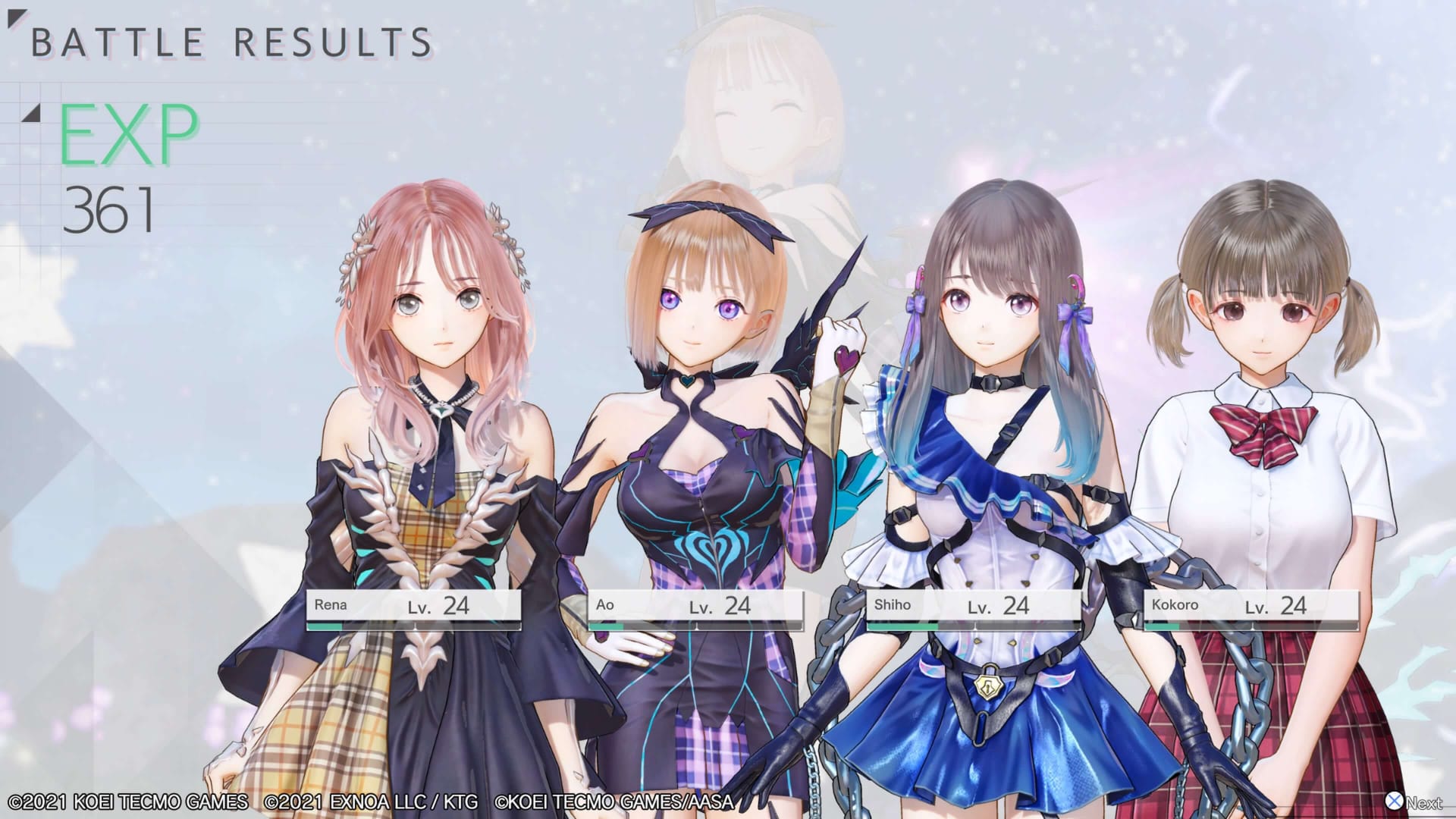
Gears and Transforming | Blue Reflection: Second Light
Gears switch as your party's Ether Recovery Speed increases. For example, in the first round of battle, you'll only be able to gain a maximum of 1,000 Ether Points. Once you spend those points, you'll start to recover points starting from zero, but you'll be able to gain more than 1,000. This is considered a Gear shift, and your Ether Recovery Speed will change as this occurs. When it reaches a certain speed, you'll transform into a Reflector. You can see the current Gear on the character's icon on the timeline.
The Reflector form both enhances the skills you already possess as well as gives you access to additional, more powerful ones. Keep in mind, however, that you can revert back to your regular form.
Healing in Blue Reflection: Second Light
By now, you've probably noticed that, unlike other JRPGs, all skills including attacks and healing are drawn from the same source -- Ether Points -- and because you are constantly regaining Ether with every battle, you can freely heal your party as often as you'd like.
However, Blue Reflection: Second Light does balance this out by dealing hefty damage frequently, meaning you'll be healing during most battles and probably often. Some Support skills will heal your party and you can use items to heal both in and out of combat.
Tip: You should always have a healer in your party. Shiho is a great choice.
Because healing plays such a vital role in Blue Reflection: Second Light, you should always have someone in your party that can heal substantially. While now party member operates primarily as a healer, Shiho is a great choice because her healing skill Shinonome grants additional points depending on her Talent Level, which increases with Dates and Requests.
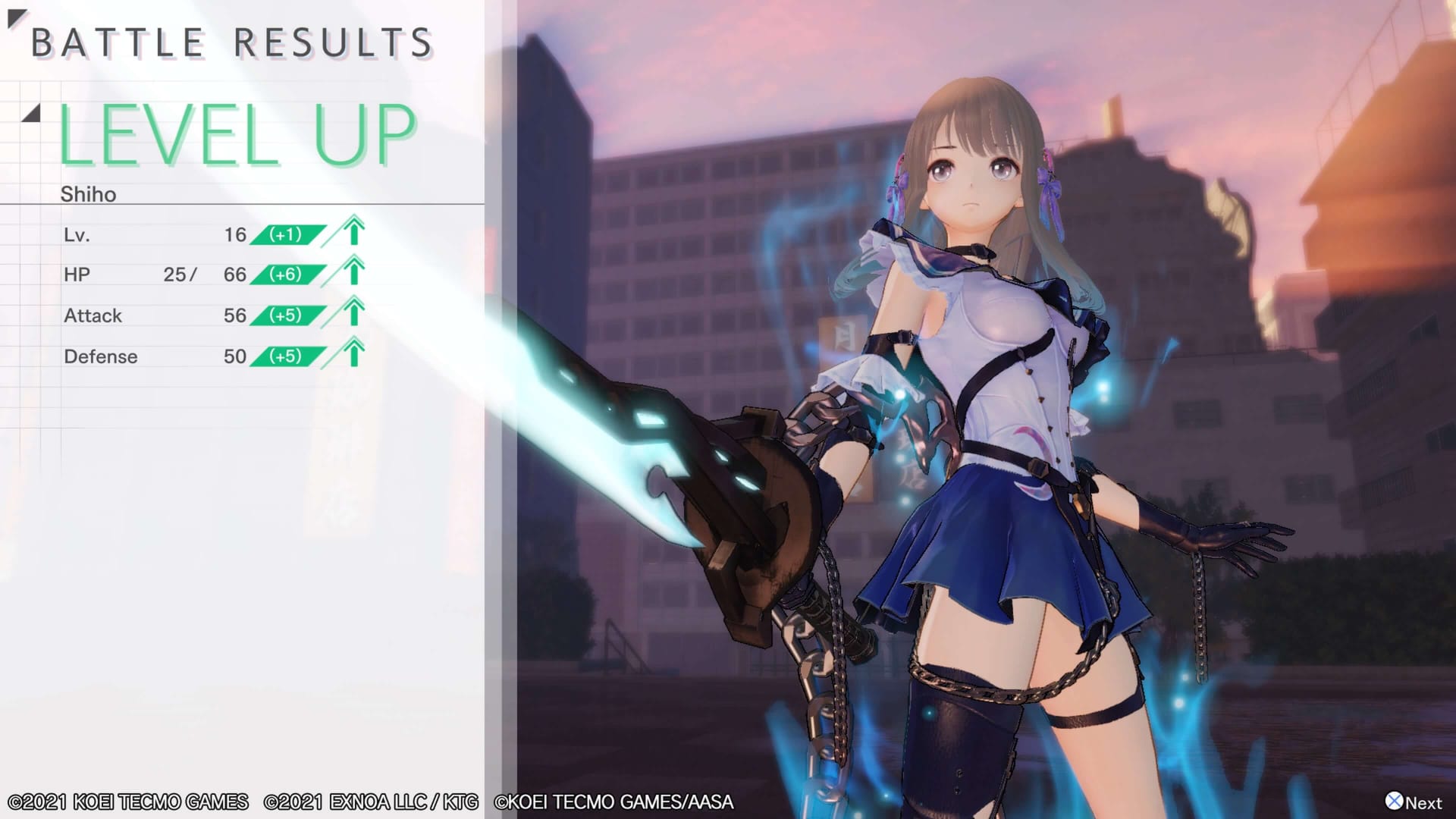
However, she isn't available at the beginning of the game, when you'll want to use Rena for healing. Additionally, any party member can have healing added to their repertoire using certain Fragments.
Tip: You can leave the Heartscape whenever you want.
If you find that you're running low on health and healing items and would rather return to the school, you can leave the Heartscape at any time through the map. When you want to return, you can enter the beginning of the last area you were in -- or any area. Mini-bosses that have already been completed will not respawn, but regular enemies will.
Blue Reflection: Second Light Boss Battles
Boss battles in Blue Reflection: Second Light more or less operate the same as regular battles, but with the addition of heavier attacks noted by a danger warning. These attacks will need some time to charge, though, which is a good opportunity to use skills that protect your Combo and heal if need be.
Tip: Save your EP during boss battles.
Rather than making several quick jabs, this is where saving your Ether Points will really count. You might have access to bigger attacks after transforming, and some attacks' damage will increase based on how many skills were used in succession.
A solid method is to save one character's Ether Points while using another's attacks (that an enemy is weak to) to knock them back on the timeline, buying yourself some time. This is also useful during the danger warning.
Finally, don't worry about changing out party members specifically for boss battles. Again, you'll decide who's best for the Heartscape based on which attacks enemies are weak to, and you can keep that team for the final fight.
Have a tip, or want to point out something we missed? Leave a Comment or e-mail us at tips@techraptor.net
